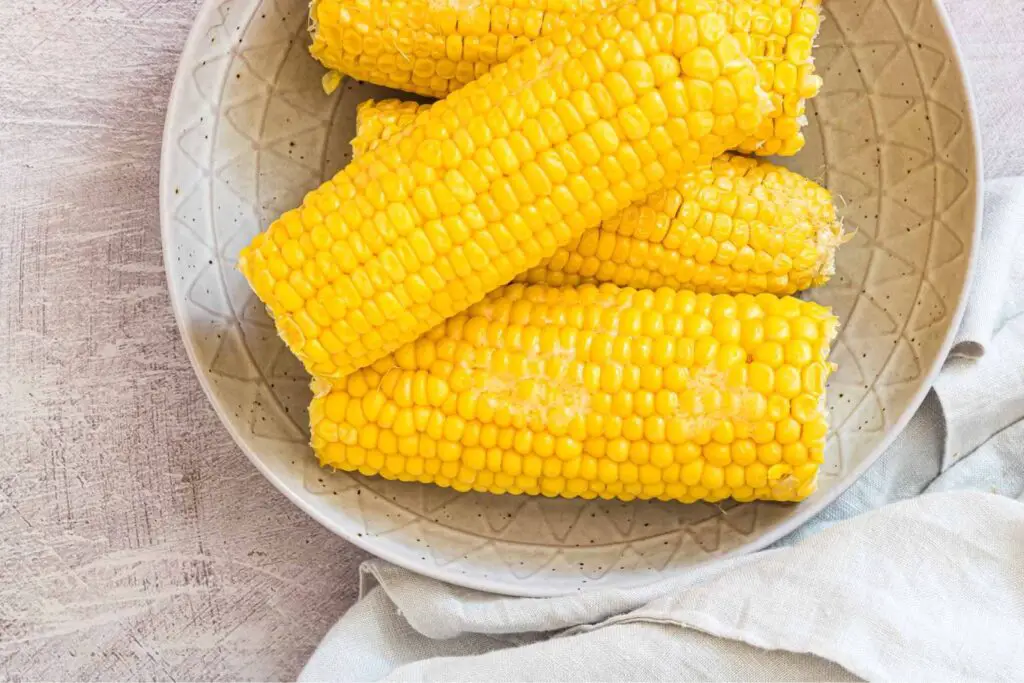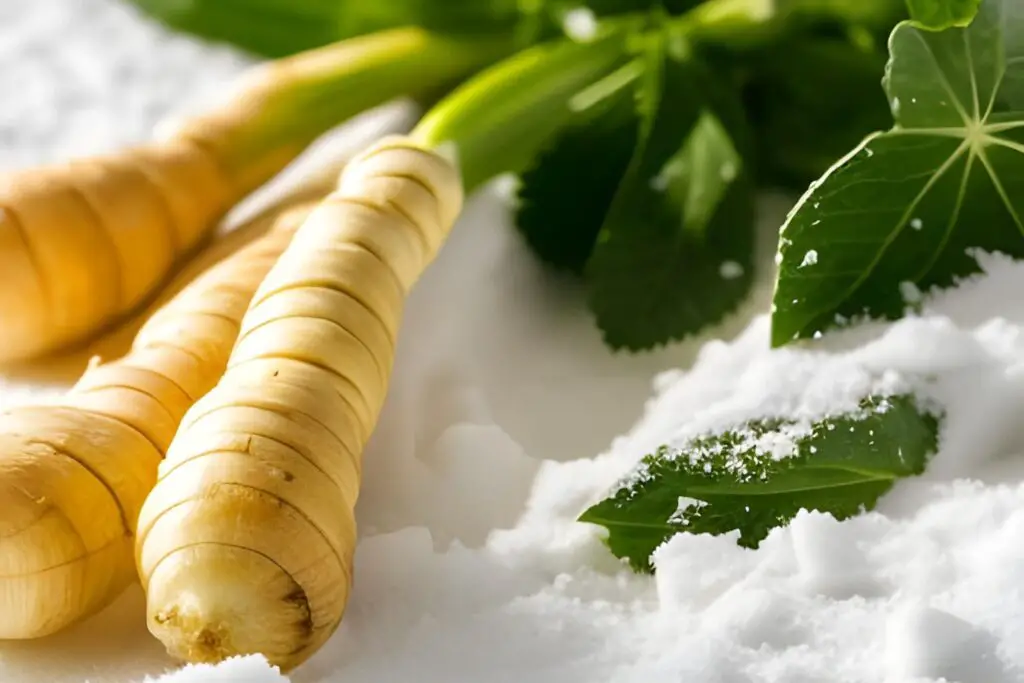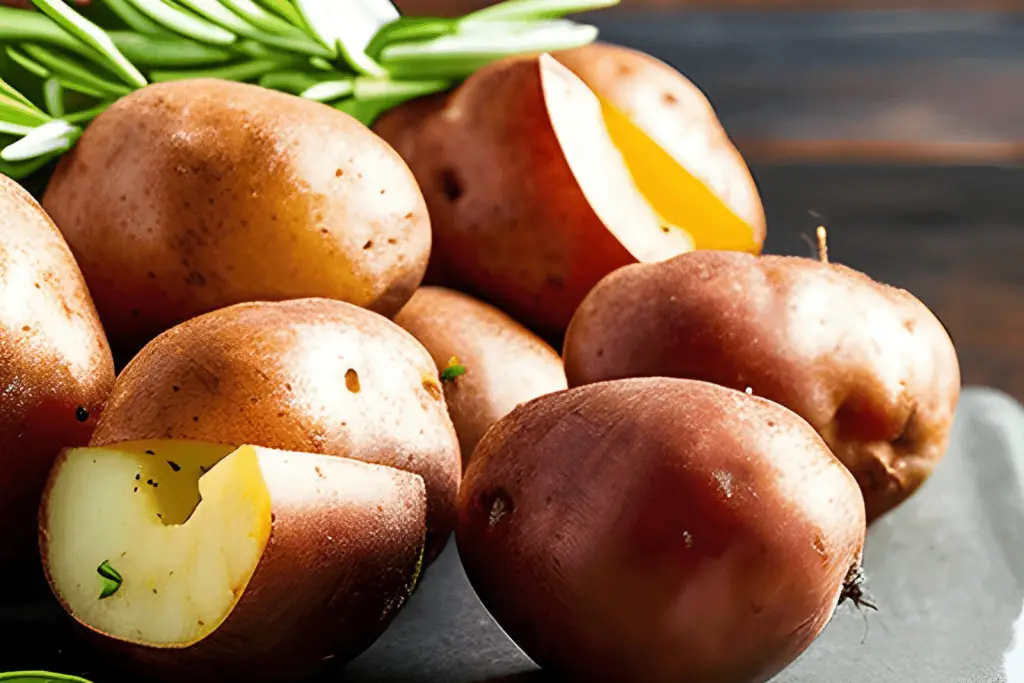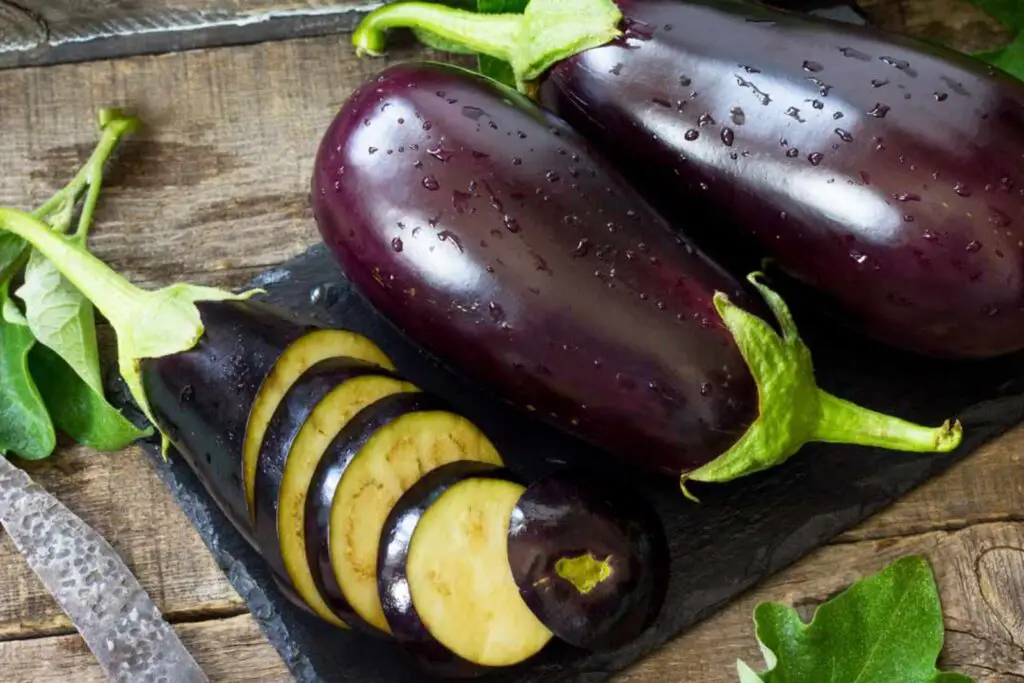
Leeks are versatile vegetables with a mild onion-like flavor and a unique texture. Belonging to the same family as onions and garlic, leeks are often used in various culinary dishes worldwide. Their long green stalks and white bulbs add visual appeal and a distinct taste to soups, stews, salads, and more. While leeks are readily available during certain seasons, freezing them allows you to enjoy their flavor and nutritional benefits year-round. Freezing leeks help preserve their freshness, ensuring that you can incorporate them into your recipes even when they are out of season. In the next section, we will explore the process of freezing leeks and how it helps retain their quality for an extended period.
Here are the simple steps to freeze leeks:
Step 1: Clean the leeks thoroughly.
Leeks are versatile and delicious vegetables, but it’s important to clean them thoroughly before using or freezing them. Follow these steps for cleaning:
- Start by trimming off the root end of the leeks using a sharp knife. Cut off the bottom 1/2 inch of the leek, making sure to discard any tough, woody parts.
- Remove any damaged or discolored outer leaves from the leeks by gently peeling them away with your fingers. Make sure to discard any yellow, brown, or wilted leaves.
- Cut off the dark green tops of the leeks, leaving only the white and light green parts. The dark green tops can be tough and bitter, so it’s best to discard them. You can save the tops to use in vegetable stock or compost them.
- Slice the leeks in half lengthwise, then rinse them thoroughly under cold running water to remove any dirt or grit that may be trapped between the layers. Make sure to separate the layers with your fingers to allow the water to penetrate all the way through.
- If necessary, use a vegetable brush or your fingers to gently scrub the leeks, especially around the root end where dirt can accumulate. Be careful not to damage the leeks while scrubbing.
Step 2: Slice the leeks into thin rounds.
The next step is to slice them into thin rounds or chop them into small pieces. This will depend on how you plan to use them later on. If you plan to use them as a topping for soup or a flavoring for stews, slicing them into rounds is a good option. If you plan to use them in recipes where they will be sautéed or roasted, chopping them into small pieces is the way to go.
It’s important to make sure that the pieces are uniform in size to ensure even cooking. This will prevent some pieces from overcooking while others are still undercooked. Aim for slices or pieces that are around 1/4 inch thick, and try to keep them as consistent as possible.
Step 3: Blanch the leeks.
To blanch leeks, start by cleaning and trimming them as described in Step 1. Then, bring a large pot of water to a rolling boil over high heat. Add the sliced or chopped leeks to the boiling water and let them cook for 1-2 minutes, or until they become bright green and slightly tender.
Next, remove the leeks from the boiling water with a slotted spoon or a mesh strainer and transfer them immediately to a bowl of ice water. The ice water will stop the cooking process and help to set the color and texture of the leeks.
After a few minutes in the ice water, remove the leeks and drain them well in a colander. Use paper towels to pat them dry and remove any excess water.
Can you freeze leeks without blanching them first?
Technically, you can freeze leeks without blanching them first. However, blanching leeks before freezing them helps to preserve their color, texture, and flavor. Blanching involves briefly boiling the leeks and then immediately submerging them in ice water to stop the cooking process. This helps to break down enzymes that can cause the leeks to lose flavor and color over time. While you can skip blanching, the resulting frozen leeks may not be as high-quality or flavorful as those that have been blanched.
Step 4: Divide and portion, and place in a separate freezer-safe bag.
First, decide how much of the blanched leeks you want to freeze in each bag. The amount can vary depending on your preference or the recipes you plan to use them in. It’s important to note that the bags should not be overfilled, as the leeks need space to expand when frozen.
Once you’ve decided on the portion size, use a ladle or tongs to transfer the blanched leeks into separate freezer-safe bags. It’s recommended to use a ladle or tongs rather than pouring the leeks directly into the bags as this reduces the risk of spilling and mess.
Next, make sure to remove as much air as possible from the bag before sealing it. One way to do this is to press the bag gently to remove the excess air or use a vacuum sealer if you have one. Removing the air helps prevent freezer burn, which can affect the quality and flavor of the leeks. When sealing the bag, ensure it’s tightly closed to prevent any air from getting in. Label the bag with the contents and date of freezing, so you can easily keep track of what’s inside and how long it’s been in the freezer.
Step 5: Label each bag with the date and contents.
After you have prepared your leeks by washing, trimming, and slicing them, it’s time to pack them into freezer bags. Before doing so, it’s essential to label each bag with the date and contents, so you can keep track of how long they have been in the freezer and what is inside each bag.
When labeling, make sure to write the date you packed the leeks into the freezer bags. This will help you keep track of how long they have been frozen and when you should use them. Also, make a note of the contents, such as “sliced leeks” or “chopped leeks,” so you can quickly identify the right bag when you need them.
Once labeled, place the leeks in the freezer bags, being careful not to overfill them. Press out any excess air to prevent freezer burn and ensure that the leeks stay fresh for as long as possible. Then seal the bags tightly, making sure that they are completely closed.
Other related questions
How long can you keep frozen leeks?
Frozen leeks can be kept in the freezer for up to 12 months, but their quality may start to decline after 6 months. Over time, the leeks may begin to lose their flavor and texture, develop freezer burn, or become less appetizing. It’s best to use frozen leeks within the first 6 months for the best taste and quality. Properly storing the leeks in an airtight container or freezer bag and labeling them with the date can help you keep track of their age and ensure they don’t go to waste.
How do you defrost leeks?
To defrost the leeks, transfer the frozen leeks from the freezer to the refrigerator and allow them to thaw overnight. Alternatively, you can defrost them quickly by placing the sealed package in a bowl of cold water. Once thawed, use the leeks immediately in your desired recipe or dish.
Can I refreeze leeks after they have been thawed?
It is generally not recommended to refreeze leeks after they have been thawed, as this can lead to a loss of quality and potentially harmful bacterial growth. When frozen foods are thawed, any bacteria present on the surface of the food can begin to multiply, increasing the risk of foodborne illness. Additionally, freezing and thawing can cause the texture of the leeks to change, resulting in a mushy or unappetizing product. To ensure the best quality and safety, it is best to only thaw the amount of leeks that you plan to use, and not refreeze any leftovers.
How do I know if my frozen leeks have gone bad?
If your frozen leeks have gone bad, you may notice a few signs. Firstly, the leeks may have a sour or off odor, which is a clear sign that they have spoiled. Secondly, they may have become discolored, with a brownish or grayish hue, indicating that they have been exposed to air and are no longer fresh. Lastly, the texture of the leeks may be mushy or slimy, which is a sign that they have begun to break down and are no longer safe to eat. If you notice any of these signs, it is best to discard the leeks and not use them in any recipes.
What are some tips for thawing frozen leeks?
When thawing frozen leeks, it’s best to let them defrost slowly in the refrigerator overnight. Alternatively, you can place the frozen leeks in a colander and run cold water over them until they are thawed. Avoid thawing leeks in the microwave or at room temperature, as this can cause them to become watery and lose their texture. Once thawed, be sure to squeeze out any excess moisture before using the leeks in recipes to prevent them from becoming too soggy.
Can I use my frozen leeks with the fresh ones?
Yes, you can use frozen leeks with fresh ones in recipes. This can be a great way to save time and add a depth of flavor to your dishes. To use frozen and fresh leeks together, simply thaw the frozen leeks and chop them into smaller pieces. You can then mix them with the fresh leeks and use them in your recipe as desired. Keep in mind that frozen leeks may release more water when cooked than fresh leeks, so you may need to adjust the cooking time or add a thickener to your recipe to compensate.
Can you freeze leeks with their greens still attached?
Yes, you can freeze leeks with their greens still attached. However, it is important to trim off the tough, fibrous ends of the greens before freezing, as they can become tough and stringy when thawed. It is also recommended to slice the leeks before freezing, as this will make them easier to use in recipes later on. When blanching leeks with their greens attached, be sure to blanch them for a slightly longer time to ensure that the greens are cooked through.
What are some dishes that can be made with frozen leeks?
Frozen leeks can be used in a variety of dishes, such as quiches, casseroles, soups, stews, and pasta dishes. They can also be added to stir-fries or sautéed with other vegetables for a quick and easy side dish. Frozen leeks can be used as a substitute for fresh leeks in most recipes, making them a convenient ingredient to have on hand. They add a mild onion-like flavor to dishes and can help to thicken soups and sauces. Overall, the possibilities for using frozen leeks are endless!
Can frozen leeks be used in soups and stews?
Yes, frozen leeks can be used in soups and stews. Many recipes call for frozen leeks specifically because they are convenient and easy to use. To ensure the best flavor and texture, thaw the frozen leeks in the refrigerator overnight, and then add them to the soup or stew during the last few minutes of cooking. This will prevent the leeks from becoming too soft or mushy. Frozen leeks can also be used to add flavor to stocks and broths, or as a base for vegetable purees.
How do frozen leeks compare to fresh ones in terms of flavor and texture?
Frozen leeks may not have the same flavor and texture as fresh ones, as freezing can change the cellular structure of the vegetable. While they may be slightly softer and less crisp than fresh leeks, they should still retain most of their flavor and nutritional value. Properly blanching the leeks before freezing them can help to preserve their flavor and texture. When using frozen leeks in recipes, be sure to thaw them properly and squeeze out any excess moisture before using them to prevent the dish from becoming too watery.








